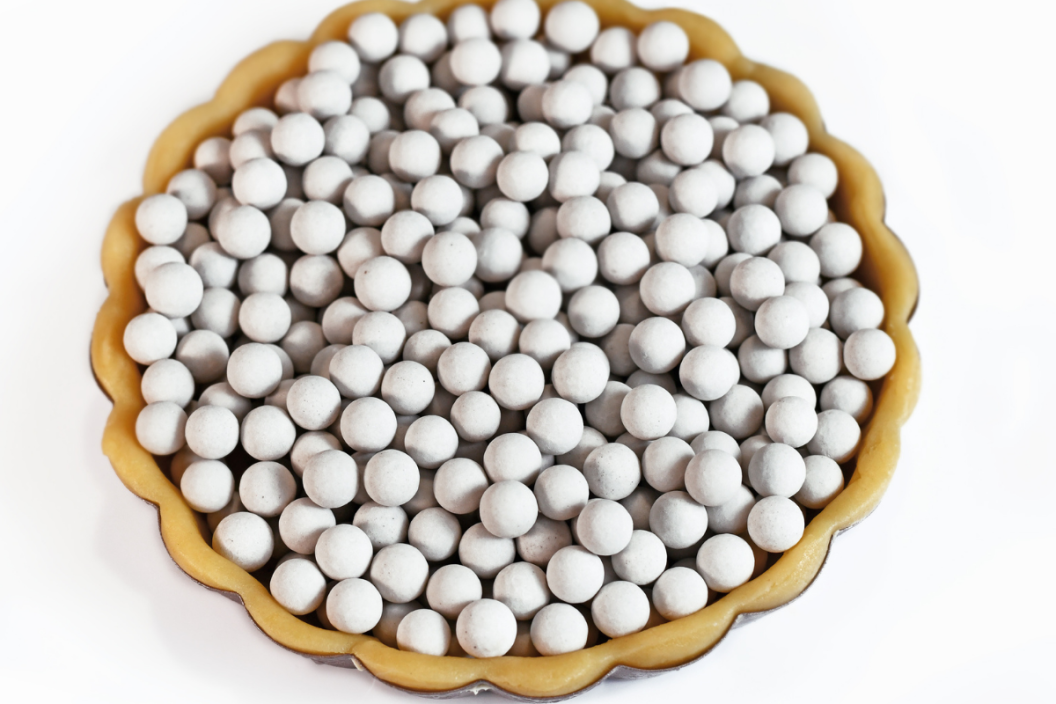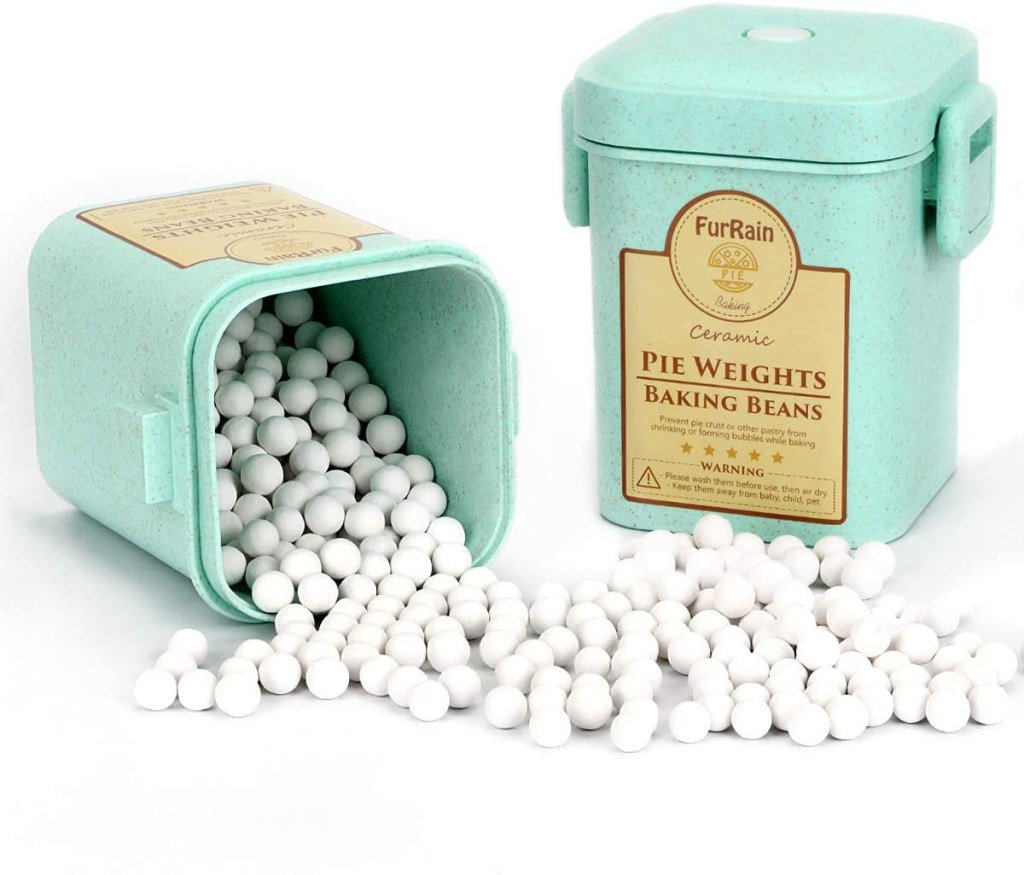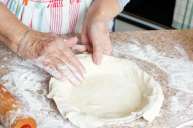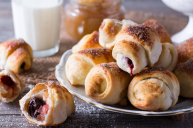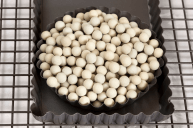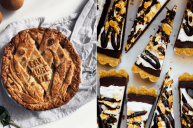I come from a pie household and I was taught from a young age about the many factors that constitute a perfect pie. A good fruit pie filling depends on the right fruit- you want tart, hard fruit that will hold up through baking and blend well with the sugar mixed in. Nothing is worse than mushy pie filling! However, even more important than the filling is the crust. My mom is famous for her incredibly flaky and heavenly pie crust, and she has perfected her method over decades of pie adventures. One essential element of her technique is the use of pie weights!
Videos by Wide Open Country
When baking a homemade pie, there are multiple steps in making a wonderfully crisp but flaky crust. After combining flour, shortening, and ice water, gather the dough into a ball and refrigerate. Then roll it out and place it into a greased pie pan. At this point, you've done the hard part, but there are still important factors to consider.
What is Blind Baking?
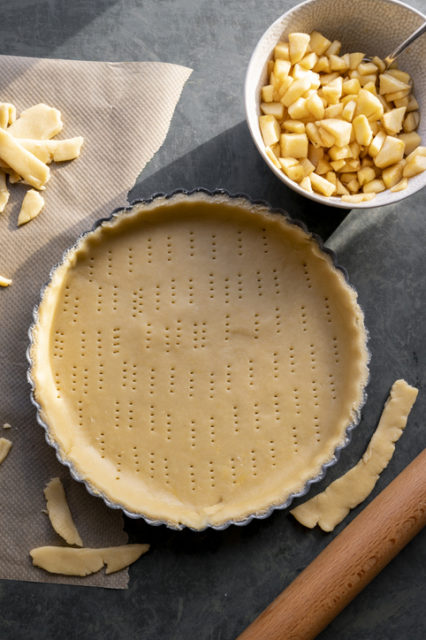
Getty Images
If you're making a pie whose filling needs to be cooked, like fruit pie, your filling will weigh down the crust and result in a delicious pie! However, some recipes call for blind baking a crust, which is simply baking your pie crust on its own, with no filling involved. This method is for pies whose fillings don't need to be baked, for instance, cream pie or lemon meringue pie. When blind baking a pie, you'll blind bake your crust using pie weights and add your filling into the pie dish afterward.
Some recipes call for a fully blind-baked pie crust, while some will require a partially blind-baked pie crust. A partly blind-baked crust is for pies whose filling takes less time to cook than the crust. This method is also important for pies whose filling will make the bottom of the crust soggy before it has time to bake, like custard pies or pumpkin pies. No matter how tasty the filling is, a pie with a soggy bottom is hard to enjoy. Bakers also choose to partially blind bake certain pies, like apple pies or pecan pies, if they like an extra crispy crust. The same can be said for tart shells and sometimes, quiche.
When blind baking a pie crust, it's important to remember that your pie dough will rise up while being baked if nothing is weighing it down. Pockets of steam will cause it to puff up, which is not what you want if you plan on adding filling once the pie crust is baked. This is where pie weights come in!
Pie Weights
When blind baking a pie, pie weights are placed on the pie crust while it bakes to keep it from puffing up. There are a few ways to do this. Some pie bakers choose to use dried beans or rice, while others will buy ceramic pie weights, ceramic beads or stainless steel balls. These are made to be reusable, so they can be a good investment if you see lots of pie baking in your future. It's best to hand wash your pie weights after use to remove any residue of butter.
Ceramic Pie Weights
To use pie weights, cover your unbaked pie crust with parchment paper before putting weights in. While some recipes call for aluminum foil, parchment paper allows for more airflow, something you want when baking a pie. After covering your pie crust in a layer of parchment paper, evenly distribute your pie weights across the crust, ensuring that the whole crust is covered. After your crust is baked to crispy perfection, add the filling, and you've made a delicious homemade pie!
Pie Weight Substitutes
I'm all for using what you have already on hand. So rather than purchasing pie weights, try out some of these pantry staple alternatives the net time you are pre-baking dough in your pie plate. All of these, including the ceramic pie weights, should be added on a sheet of parchment or aluminum foil and never directly on the pie dough.
Dried Beans or Rice
Chances are you already have one of these on hand. Simply add a sheet of parchment paper over your homemade pie crust and top with a good amount of beans or rice. Save and re-use these as pie weights in the future!
Metal Chain
Using a clean metal chain is beneficial because it radiates heat to the crust. Use caution and over mitts when removing from the pie crust.
Sugar
You've most likely got this in your pantry already. Simply form aluminum foil around the inside of the pie shell and fill it heavily with sugar. Reuse a few times then use the caramel-flavored sugar in your favorite recipes.
Another Pie Pan
Let gravity help you! Use another pie tin and bake the pie crust upside down. This will help with shrinking.
READ MORE: 10 Wild Piecaken Recipes So You Can Attempt the Magical This Year
